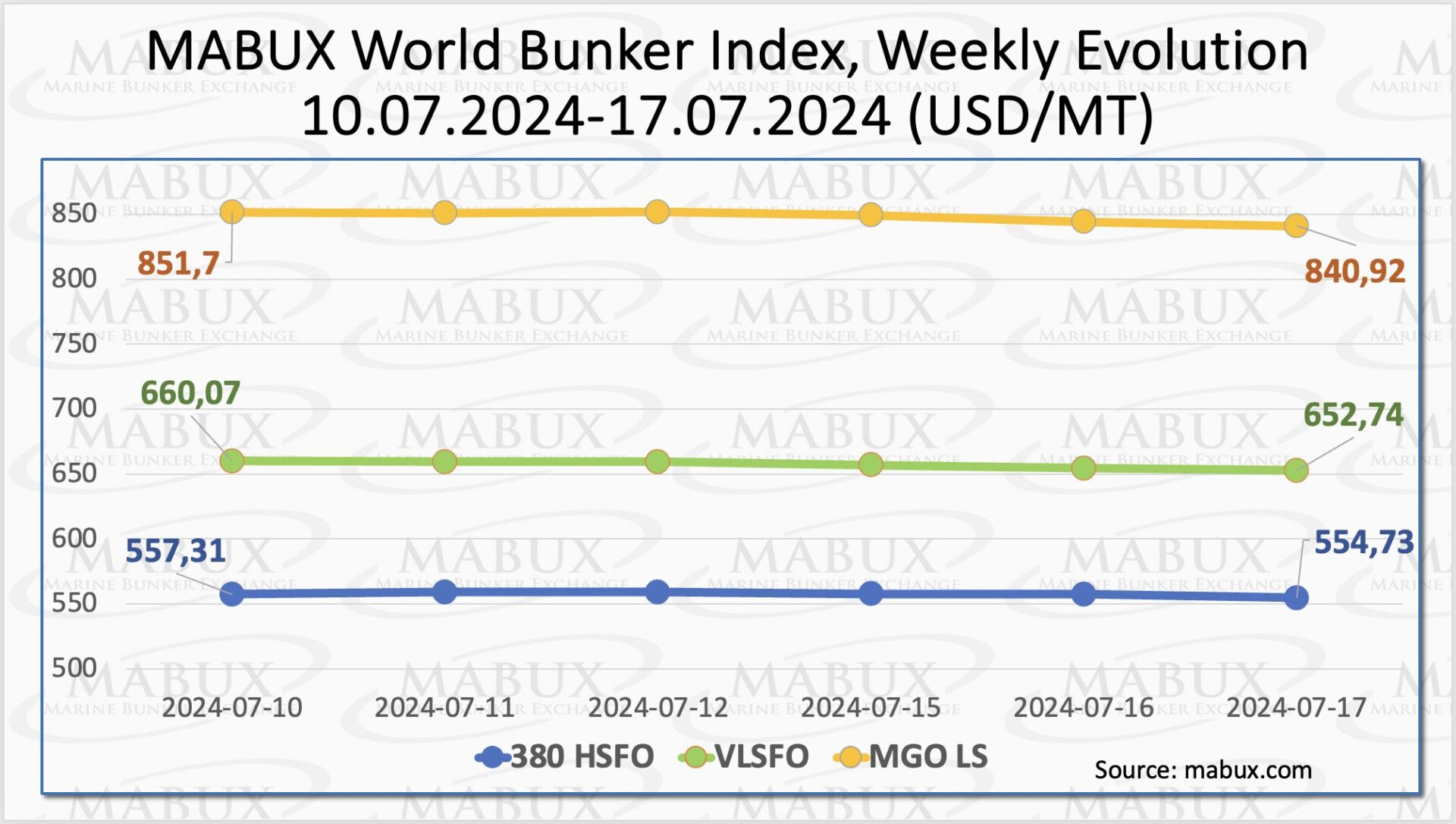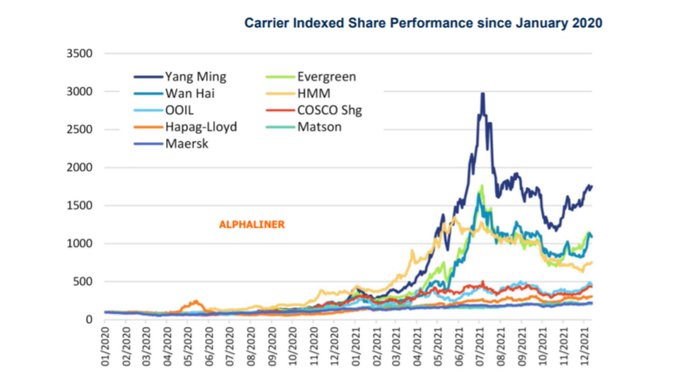

The labour agreement between the US East Coast port workers’ union, ILA, and the terminals organization, USMX, expires on September 30th, 2024. ILA has been adamant that if there is not a new agreement in place, they will initiate a strike from October 1st, 2024. In this context, it is worthwhile to look at the impact in terms of actual container volumes, and how long it would potentially take to move the impacted containers, once the strike is over.
Using historical data, we estimate US East Coast handling volumes of 2.3 million TEU in October, which translates into 74,000 TEU per day, split 36,000 on imports and 38,000 on exports. For empties alone, a strike would mean the inability to load 20,000 TEU each day.
Once a potential strike is over, this buildup of containers would have to be handled on top of the normal flow. The capacity with which to clear this backlog, equals the excess capacity available in the port systems on the East Coast.
Excess capacity in this context is the ability of the port to handle volumes, above what is actually handled. One way to estimate this excess capacity, is to look at the maximum containers ever handled on the East Coast versus the expected handling in October 2024.
We estimate that the port system in October would have an ability to increase port handling by 13% compared to the expected 2.3 million TEU.
Figure 1 shows the time it will take to clear out the backlog of 74,000 TEU created from 1 day of strike, at different levels of excess capacity.
As we estimate the East Coast ports to have 13% excess capacity over the expected normal flow of 2.3 million TEU in October, then it would take 6 days to clear the backlog from 1 day of strike.
If the ports have just a little more excess capacity available, this would more realistically bring this figure down to 4-5 days.
However, this means that a 1-week strike in the beginning of October, would not be cleared until mid-November. If we get a 2-week strike, then realistically, the ports would not be back to normal operations until we are into 2025.
Source: Sea Intelligence













